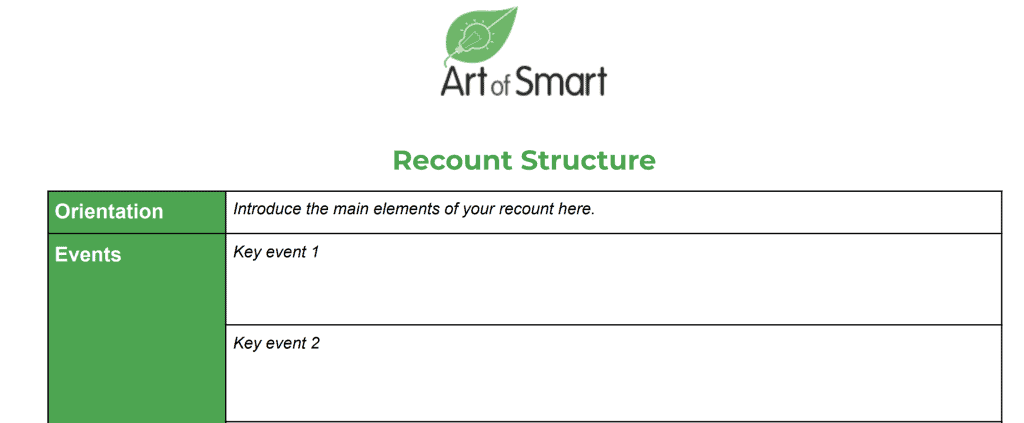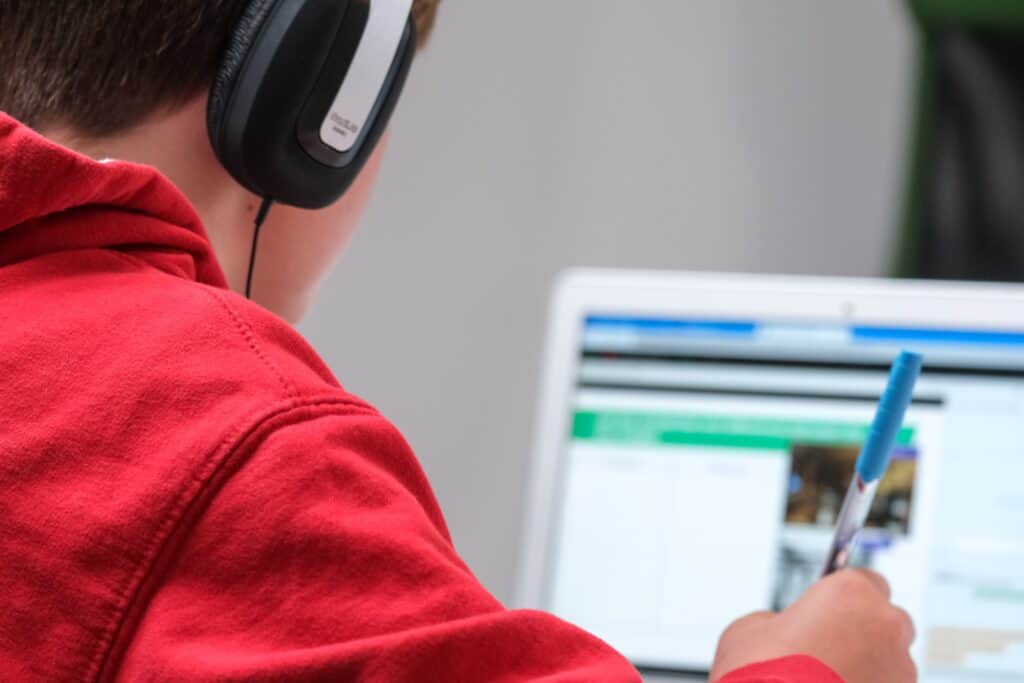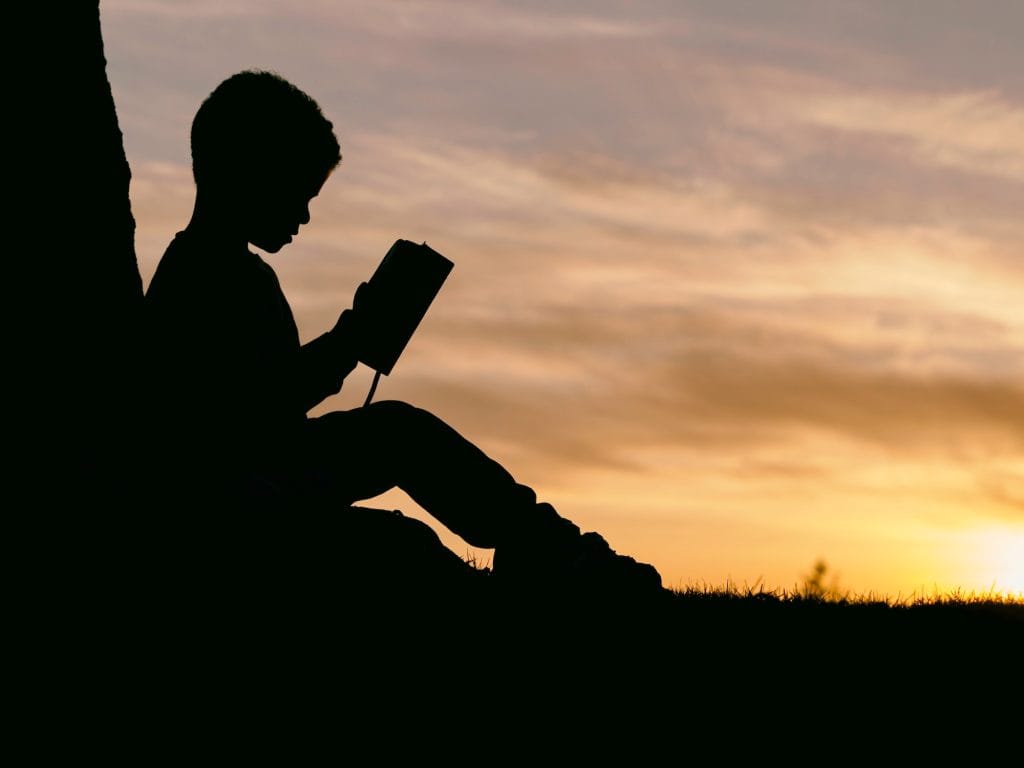Have you been asked to write a recount, but are unsure on where to start? No worries, we’ve got you covered!
Recounts are most often used in your school life, but can also be important for other parts of life from journaling, to creative writing — so it’s important to get the basics down now!
In this explainer, we’ll take you through what a recount is, the purpose of recounts, types of recounts, how to start recounts, and recount structures you could use.
Let’s get into it!
What is a Recount?
What is the Purpose of a Recount?
Types of Recounts
Features of a Recount
Structure of a Recount
Tips on Writing Your Recount
Quick Summary on How to Write a Recount
What is a Recount?
A recount is a non-fiction piece of writing that retells past events or experiences.
These don’t have to be things that you’ve personally experienced — you can write about things that have happened to you, or things that you know about! Usually, recounts have the following elements:
- Information: A good recount will outline the place, people, objects, and things involved.
- Chronological narration A recounts are narrated in the order that events took place.
- First- or third-person narration: The recount will be told by the writer from their perspective, or from someone else’s.
- Descriptive language and imagery: To really bring the events to life and make it a vivid experience for readers.
When it comes to the recount, students should also be able to explain their writing after it is finished! Reading comprehension is a key skill that needs to be built up for this. Looking for resources to help your child practise? We’ve got FREE Year 1 Reading Comprehension Worksheets for you!
What is the Purpose of a Recount?
Unlike other types of writing, which might attempt to persuade a reader or create an imaginative story, a recount states facts and observations about an event/experience.
This doesn’t mean that it has to be boring – in fact, many teachers set students the task of a recount in order to increase their descriptive and humorous writing, as well as helping students hone their creative writing skills.
Different recount types might have slightly different aims, but in general, it’s a good rule of thumb to make sure that your readers can experience the events as though they were there.
Tip: Think about when you and your friends are talking about your weekends. It’s always difficult to stay interested in a story that you can’t imagine or relate to.
In your recounts, don’t be afraid to make jokes, use descriptive language and imagery, and embellish a little! After all, the main purpose of a recount is to inform and entertain audiences through the retelling of a real-life story.
Types of Recounts
This might be surprising, but there are several different types of recounts that you might be asked to write!
Below, we’ve summarised the four types to help you figure out what kind of recount you’d like to write.
Personal
This type of recount relates the writer’s personal memory of an event or experience that they were involved in. This is similar to ‘diary writing’, in that the author tells the event from their perspective.
Because these are the most personal, they tend to be the most unique, because they reflect what a writer feels and thinks about a particular event in their life.
Factual
These are most similar to things like newspaper reports. Instead of entertaining a reader or recounting personal experience, these recounts inform readers about an event through facts.
Because of this, things like descriptive words and imagery are less important. Instead, these recounts will often have facts, figures, and evidence, to give readers a full picture of the events in an objective manner.
Imaginative
This kind of recount gives you a little bit more wiggle room in how you portray events to your readers. It uses objective facts about an event to recount an imaginative or fictionalised version.
Even though they’re written using a bit of fiction, they’re used to help readers understand true events.
So you might use these to explain concepts or events that are hard to imagine or use fictional elements to describe them.
Literary
Entertainment central!
Being the most similar to creative writing, these recounts are all about entertaining your audience — so you can use both real and fictional places, people, and events to construct a story about an experience.
Features of a Recount
Outlined briefly at the start, there are a number of key features that we recommend you put into your recount. Let’s dive into them in more detail now!
Information
You should always provide your readers with information about the place, people, objects, and things involved in the event.
Usually, you put this information in your ‘orientation’ or ‘setting’ section, which is where you will introduce your readers to the main elements of your recount.
Past tense
Because recounts are about events that have already happened, you need to use past tense when writing your story.
For example, instead of saying “I go to the shops”, you would say “I went to the shops”. Instead of “Tom spends Saturday on the beach”, say “Tom spent Saturday on the beach”.
Chronological narration
‘Chronological’ means ‘in the order that things happened’.
Most recounts are told in this order so that readers are able to experience the event as though they were there. This also prevents confusion as to what actually happened, and lets your readers follow along easily.
Time connectives/conjunctions
Think about when you’re telling your friends a story. Most likely, you use words such as “firstly”, “then”, “before”, “after that”, “suddenly”, “while”, and “finally”.
These are called time conjunctions, and are necessary in a recount to connect events, or position them in relation to each other.
Using them in a recount allows you to tell your story in chronological order, and you don’t have to keep saying things like “Then I went” or “Then Sarah did this”.
First or third person narration
In your recount, you can either explain the events from your point of view, using words like “I”, “we”, “our”, and “my” (first-person narration), or from someone else’s perspective, using words like “their”, “they”, and “he/she” (third-person narration).
Which one you end up using depends entirely on how you want to tell the story, and which recount type you end up using.
Descriptive language and imagery
To really bring the tale to life so that readers can feel like they’ve actually lived the event, it’s important to use descriptive language and imagery.
This includes using adverbs and adjectives, and maybe even some similes and metaphors where you feel it’s appropriate.
Structure of a Recount
The structure of your recount might vary based on which kind of recount you choose to write. However, there are some key elements that are common across all recounts. Let’s unpack them now!
#1: Orientation
Usually, the orientation forms the first paragraph of your recount.
This is when you determine what perspective of narration you’ll be using.
The orientation is also where you introduce the main elements of your recount, including the people, setting (place, time, weather), and other important information that you think your reader needs to know.
Tip: An easy way to remember what to put in your orientation is to remember the 5 W’s: who, what, where, when, and why.
Example
For instance, you can start off by saying “On the weekend, I stayed at home with my family”. OR you can tell someone else’s story, saying “Last Friday, Jack went up the hill with his sister Jill”.
If you remember to include all of these, you’ll have a solid orientation that gives your reader all of the information that they need to know!
#2: Events
Once you’ve introduced all the main elements, it’s time to retell the events/experiences you’re going to be talking about!
This section forms the main part of your recount. This is the space in which you give readers a step-by-step account of what happened.
During this section is when you need to use the features outlined above — those being chronological narration, time conjunctions, and descriptive language.
Note: Remember that you MUST use past tense when recounting, because all of these events have already happened!
Tips to Writing a Good Events Section
Using paragraphs that group relevant information together will enhance your recount.
In your recount, you should aim to have about 3 paragraphs dedicated to the events.
Basically, what this means is that you need to put the same sequence of events in one paragraph. Don’t try to jump back and forth between the same event in different paragraphs – this gets very confusing for readers, and doesn’t explain the sequence of events very well.
Good Paragraph VS Bad Paragraph
Good paragraph: “Jack and Jill went up the hill. At the top, they met their cousins, who gave them some water. After this, they walked down the hill to the shops, where they met their mother. Before they got dinner, they wandered around and got some groceries. Then they had dinner. Finally, they went home.”
Try to avoid: “Jack and Jill went up the hill, because later they were going to meet their mother at the shops. At the top of the hill, they met their cousins. They went down to the shops to meet their mother. Their cousins gave them water. Then they went home.”
#3: Conclusion
At the end of your recount, you should conclude by making a comment on how you think, feel, or decide about the events that have occurred.
During the conclusion, you can also pass along a moral or a message, based on your experiences and how you feel at the end of them.
This also allows you to put in your personal point of view about a sequence of events, and can add a nice personal touch to the piece.
We’ve made a template that you can use in your next recount, giving you space to plan out your work. Don’t worry – this structure is flexible, and can be moulded to suit your needs!
Tips on Writing Your Recount
There are some questions that you can ask yourself to figure out what information you’re putting in your recount, which will help you plan it out in a template.
Some key questions that you should ask are:
#1: What information will the audience need to understand the events? (People, places, weather, times?) What kinds of things would an audience ask you about?
#2: What is the event or sequence of events that you are recounting?
- What are the important parts? Are there parts that aren’t as important to the story?
#3: What order did the events occur in? What kinds of words can you use to link them?
#4: How can you entertain your audience?
- Are there particular people, places, things, or events that you can use descriptive language to talk about?
#5: Is there other information that your audience will need?
#6: How do you want to end your recount?
- Do you want to provide a summary, or a moral/message at the end?
Using these questions, you can build up a good image of what you’re describing, which will help you hone in on how you want to write your recount.
Quick Summary on Writing a Recount
We know that was a lot of information, so we’ve summarised it for you here:
- A recount is a non-fiction piece of writing that retells past events or experiences.
- They are generally made up of 3 parts: orientation, events, and conclusion.
- There are many types of recounts, each with their own features, but they all share common features, including chronological narration, past tense, time conjunctions, and similar structures.
- They’re used in school life, but they can also be used in other parts of your life too (like journaling, diary writing, or creative writing).
For an idea of what a recount might look like, we recommend heading to NESA’s samples of work.
On the hunt for other useful resources?
Need help on another writing assignment? Here are our other writing guides:
- The Ultimate Guide to Writing a Feature Article
- The Ultimate Guide to Writing a Persuasive Text
- The Ultimate Guide to Using Persuasive Techniques for English
- The Essential List of High Modality Words for Persuasive Writing
Check out some of the other articles we’ve created below:
- How to Transition from Primary School to High School
- How to Study for English in Years 7 and 8
- The Essential Year 7 and 8 Reading List
- Download Printable Year 6 Spelling Words Worksheets
- NAPLAN: 10 Tips to Survive & Excel!
- Year 6 English | Year 7 English | Year 8 English
Looking for some extra help for your child with English?
We have an incredible team of English tutors and mentors!
We offer tutoring and mentoring for students in Years K-12 in a variety of subjects, with personalised lessons conducted one-on-one in your home in Bondi Junction and all across Sydney. We can also meet you at one of our state of the art campuses in Hornsby or the Hills!
We’ve supported over 8,000 students over the last 11 years, and on average our students score mark improvements of over 20%!
To find out more and get started with an inspirational English tutor and mentor, get in touch today or give us a ring on 1300 267 888!
Rujuta Banhatti is currently a third year Law/International Studies student at UNSW. As a Content Writer at Art of Smart, she is super keen to be able to write (read: academically rant) about texts that she’s absolutely loved, both at school and in general.










